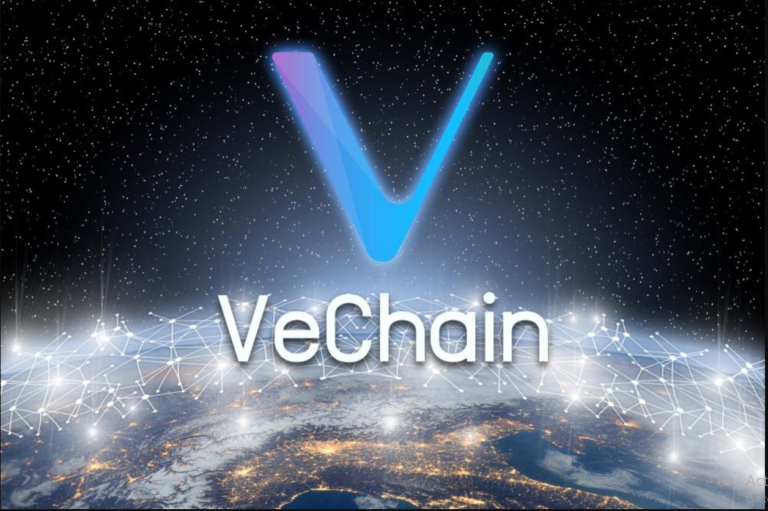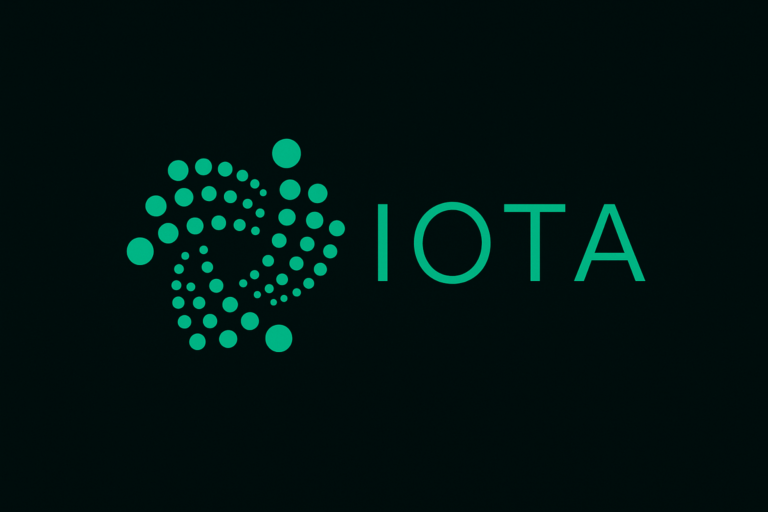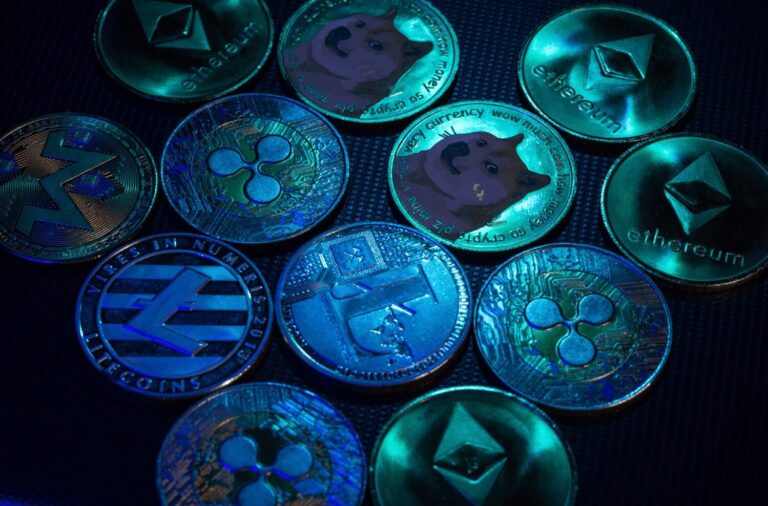
Chinese AI upstart DeepSeek is making waves once again, unveiling a significant upgrade to its flagship AI chatbot. The new model, DeepSeek-R1-0528, promises more refined logical reasoning, stronger mathematical abilities, and tighter programming skills — all while cutting down on the notorious issue of AI “hallucinations,” or confidently wrong answers.
In a market where American tech giants like OpenAI and Google have dominated headlines, DeepSeek is boldly claiming that its updated model is approaching performance parity with some of the most advanced systems available, including OpenAI’s GPT-4.5-based O3 and Google’s Gemini 2.5 Pro.
A Leap in Reasoning and Performance
DeepSeek says the R1-0528 model isn’t just an incremental improvement; it’s a meaningful leap forward. The company emphasizes that the upgraded model showcases better depth in reasoning and inference, two critical areas where large language models are often put to the test. These improvements position DeepSeek as a legitimate contender on the global AI stage, narrowing the once-gaping divide between China’s homegrown models and the Silicon Valley mainstays.
While AI benchmarks can be murky territory — with companies often showcasing their strongest scores while downplaying limitations — DeepSeek did publish comparative results across six standard evaluation tests, suggesting that R1-0528 can hold its own against the best in the business.
A Rising Star From the East
The company’s ambitions aren’t just technical — they’re also deeply strategic. Since launching its first R1 model in January, DeepSeek has rapidly expanded its user base. With over 75 million downloads and 38 million monthly active users as of April, the app is gaining serious traction in a space where user trust and engagement are hard-won.
In contrast, Google’s Gemini boasted 350 million users in March 2025, and ChatGPT — OpenAI’s flagship — reached an impressive 600 million users that same month. While DeepSeek isn’t at that scale yet, its growth trajectory is turning heads and raising eyebrows among industry veterans who once dismissed Chinese AI ventures as copycat operations.
A Global Tech Battle With Real-World Stakes
The broader geopolitical backdrop makes DeepSeek’s success all the more significant. The U.S. government is moving to tighten restrictions on the sale of advanced chip design software to China — a clear attempt to hinder the country’s semiconductor ambitions. Semiconductors, of course, are the lifeblood of artificial intelligence, powering everything from training massive datasets to executing tasks in real-time.
These restrictions could impact the next generation of AI development in China, including future iterations of DeepSeek’s models. However, the country’s top tech firms — including Tencent with its T1 model and Alibaba with Qwen3 — have been accelerating their own AI initiatives, suggesting that China is determined to chart its own course in the AI race, regardless of Western constraints.
DeepSeek’s Strategic Position
What sets DeepSeek apart is not just its technical competence but its positioning. The company seems acutely aware that AI leadership isn’t just about beating benchmarks — it’s about building trust, delivering real-world applications, and capturing mindshare globally.
As models like R1-0528 continue to improve and Chinese tech companies gain ground, the narrative is shifting. AI innovation is no longer confined to Silicon Valley. With strong user momentum, aggressive development cycles, and now an upgraded model that rivals Western frontrunners, DeepSeek is becoming a name that can’t be ignored — not just in China, but around the world.
Whether the company can maintain this momentum amid geopolitical pressures and stiff competition remains to be seen. But for now, DeepSeek has made one thing clear: the global AI race is no longer a one-horse competition.




